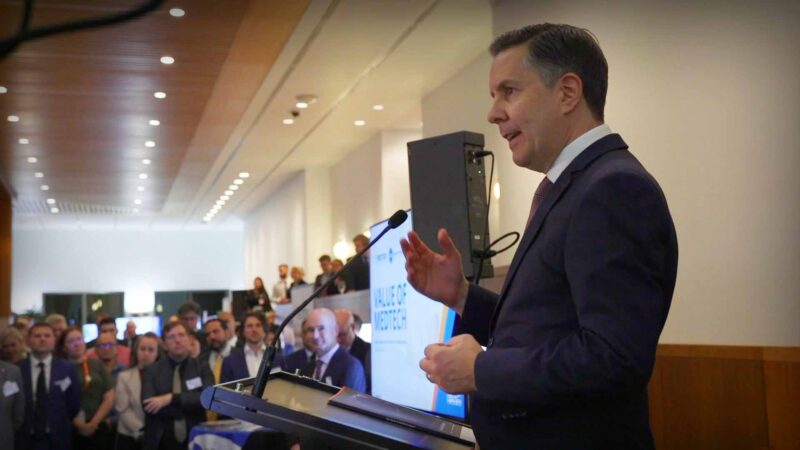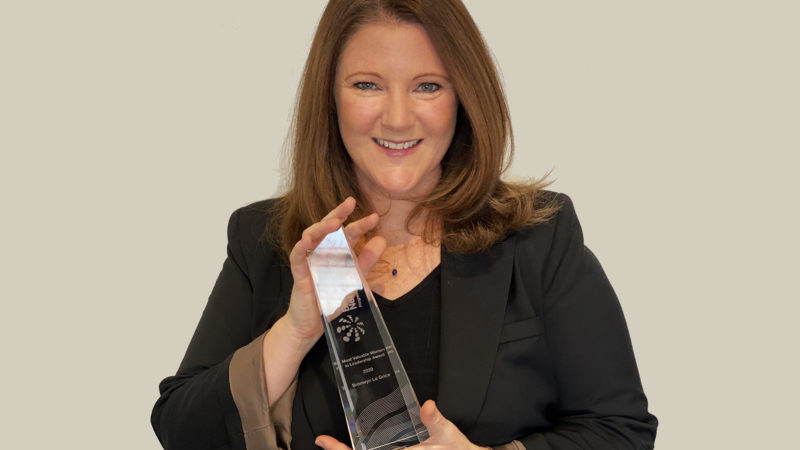Achieving High Performing Health Systems : Putting the social into health care
AUSTRALIAN PRIMARY HEALTHCARE INNOVATION AND REFORM VODCAST SERIES. Highlights from Vodcast 2
A Joint Prestantia Health and AUDIENCED Production, with
– Dr Paresh Dawda, GP Lead and Adviser, Founder Prestantia Health
– Dr Wally Jammal, GP, Hills Family General Practice
– Dr Bogdan Chiva Giurca, Clinical Lead and Global Director, UK National Academy for Social Prescribing
FACILITATOR
Leanne Wells, Associate Consultant, Prestantia Health
Clinicians and consumers know only too well that life circumstances such as poor housing, income and food insecurity can have a negative impact on health outcomes. Conversely, participation in community activities, social connection and access to nature parks and leisure facilities can help maintain health and wellbeing.
More recent phenomena in public health have also focused us on the health and social care connection. Stress factors such as the sudden loss of employment and social interaction, moving to remote work or schooling, and the impacts of sudden, localised COVID-19 ‘lockdowns’ to prevent further outbreaks were triggers of increased psychological distress.
And loneliness is being described as our latest epidemic with chronic loneliness inked to a myriad of health problems and earlier death. A recent report found one in four Australians say they feel persistently lonely, and that loneliness costs $2.7 bn a year in health costs alone.
According to a 2024 Commonwealth Fund Mirror Mirror report, which compares the health performance of several countries, only 13% of Australian primary care providers (or other personnel in the practice) usually screen or assess patients for one or more social need – the third lowest in the OECD.
Primary care – predominantly general practices – is where most people get most of their health care and is a commonly visited health care setting. GPs and others in team have a continuous relationship with their patient and the opportunity to identify factors beyond immediate medical care that can impact on health and wellbeing.
Integrating health and social care is an exciting frontier in healthcare and was described as such by Australia’s Assistant Health Minister at a National Social Prescribing roundtable hosted by the Australian Social Prescribing Research Institute (ASPIRE).
Despite the recognition that primary care is a good place to start, the barriers are real. Practice systems, data systems with the capacity to capture information and make intelligent insights, the lack of flexible funding and the time pressures on practices are among them.
In this Australian Health Journal HIGHLIGHTS release, the panel discuss some of these barriers and the desire to put the social into health care.
The FULL LENGTH FEATURE of this VODCAST can be watched here https://youtu.be/KGjrLcjgFg0
Vodcast 2 was convened December 2024. Read the Prestantia Health Blog Post https://www.prestantiahealth.com/post/putting-the-social-into-health-care
You Might also like
-
Misinformation impacts routine vaccines
More significant changes in recent years have been health-related misinformation eroding trust in healthcare professionals, leading to people seeking alternative treatments or avoiding medical advice altogether. This can make it more difficult for healthcare professionals to provide effective treatment and care.
Recent vaccines delivered as part of the COVID-19 response, are having a consequential impact on the uptake of routine vaccines.
Australian Health Journal spoke with Dr Paul Griffin, an Infectious Diseases Physician and Microbiologist at Mater Health, and who has been involved in over 150 clinical trials in the field of infectious disease.
Paul talks about the importance of having reputable sources of information that can used to encourage people to understand what is involved in clinical trials and the roles of vaccines.
-
Value of MedTech Report brings Industry and Government together
In June 2023 the Medical Technology Association of Australia (MTAA) launched The Value of MedTech Report – a major study quantifying the difference the MedTech industry makes to the lives of Australian patients, the healthcare system and the Australian economy.
Australian Health Journal spoke with MTAA CEO, Ian Burgess and MTAA Policy Manager, Pravin Siriwardena about the report and its key findings.
-
Most Valuable Women in Leadership 2020
ANDHealth Co-Founder and Managing Director Bronwyn Le Grice pioneered the unique non-profit industry-led model supporting Australian digital health companies navigate the commercialisation path to institutional investment and international market entry.



